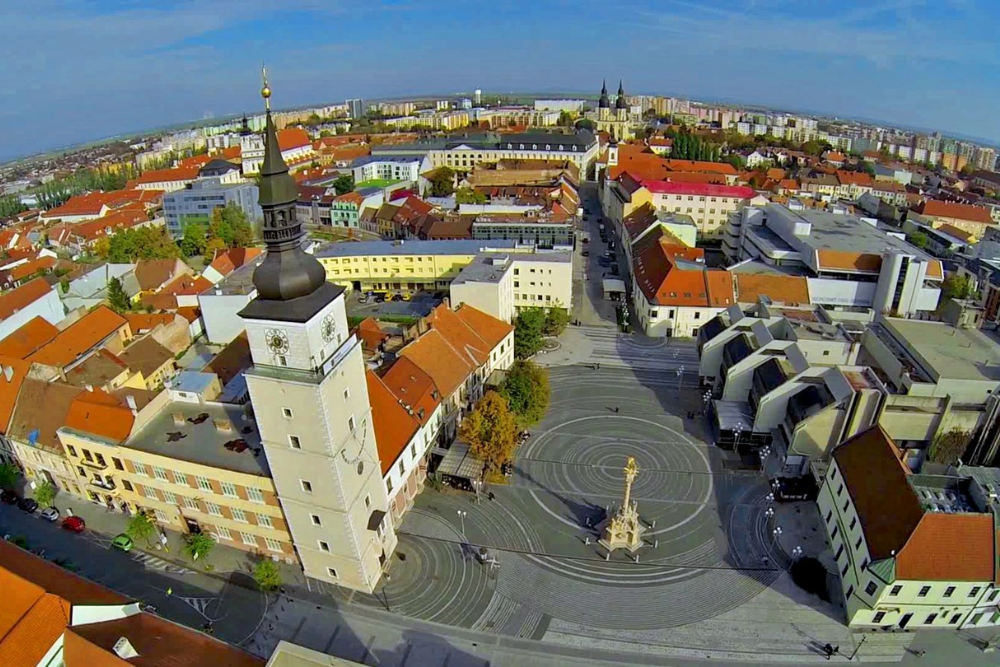Introduction
Trnava is a noteworthy city situated in western Slovakia, frequently alluded to as the “Little Rome” because of its various houses of worship and strict importance. It is quite possibly of Slovakia’s most seasoned city, with a rich social and compositional legacy that draws in guests. The city is known for its very much safeguarded archaic Old Town, enchanting squares, and noteworthy tourist spots like St. John the Baptist Church and the City Pinnacle.
Trnava Old Town

- The Old Town of Trnava is one of the city’s most notable and pleasant regions, where you can meander through cobblestone roads and appreciate wonderful archaic engineering. The city’s fortresses, with very much saved doors like the Mikuláš Entryway and Piarist Entryway, offer a brief look into its protective past. Walking around the Old Town, you’ll go over various dazzling places of worship and squares, providing you with a vibe of the city’s social extravagance.
St. John the Baptist Cathedral
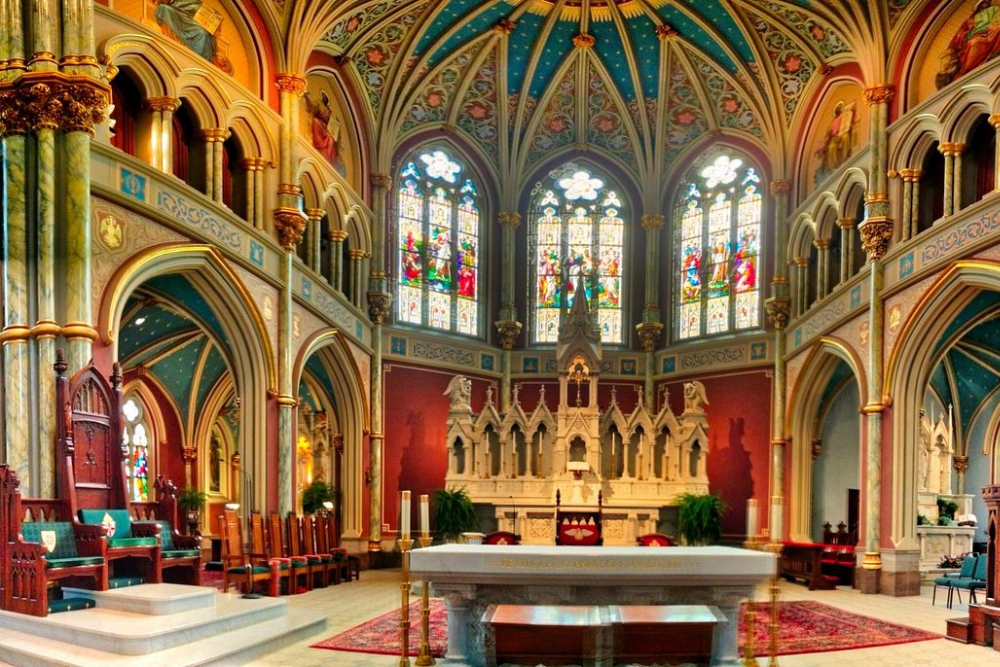
- This Gothic house of prayer is one of the most famous tourist spots in Trnava. Situated in the core of the Old Town, St. John the Baptist House of God is famous for its staggering engineering, including a blend of Gothic and Rococo components. The house of God’s inside is comparably noteworthy, with flawlessly itemized special raised areas, compositions, and stained glass windows. It’s a must-visit for history and design sweethearts.
Trnava City Tower
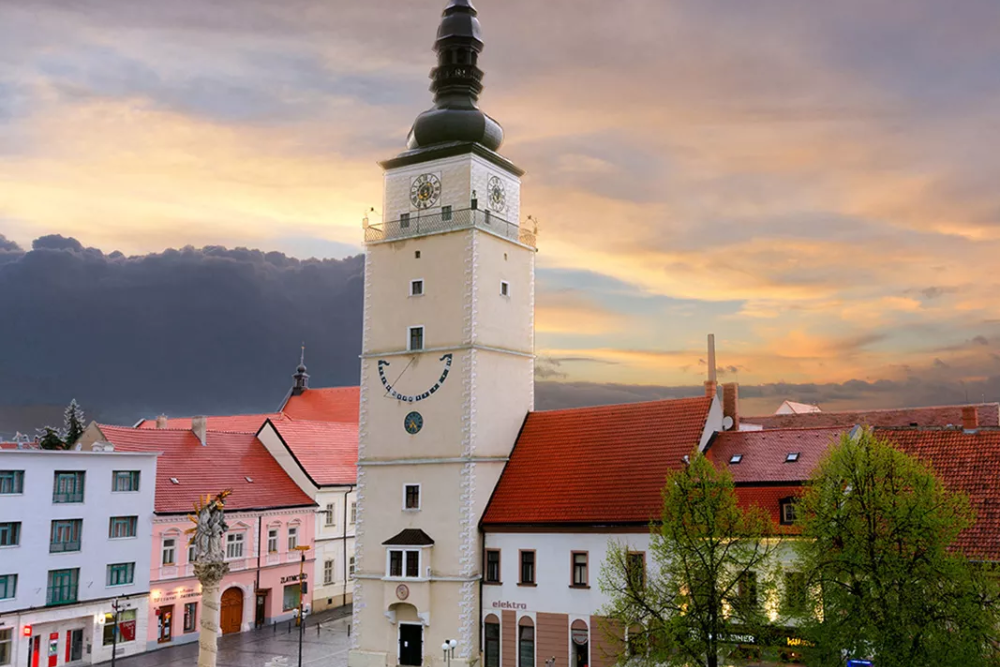
- For all encompassing perspectives on Trnava, go to the Trnava City Pinnacle. This thirteenth century tower is quite possibly of the tallest design in the city and offers an extraordinary perspective on the Old Town, the encompassing open country, and the city’s chapels. Guests can move to the top for a compensating vista and a knowledge into the city’s set of experiences as you investigate the pinnacle’s show.
Basilica of St. Nicholas

- This Florid basilica is one more pearl in Trnava, known for its delightful design and critical job in the city’s strict life. Inherent the seventeenth hundred years, it highlights staggering frescoes, models, and raised areas that exhibit Slovakia’s Florid workmanship and culture. It’s a quiet and striking spot to visit.
Trnava Town Hall
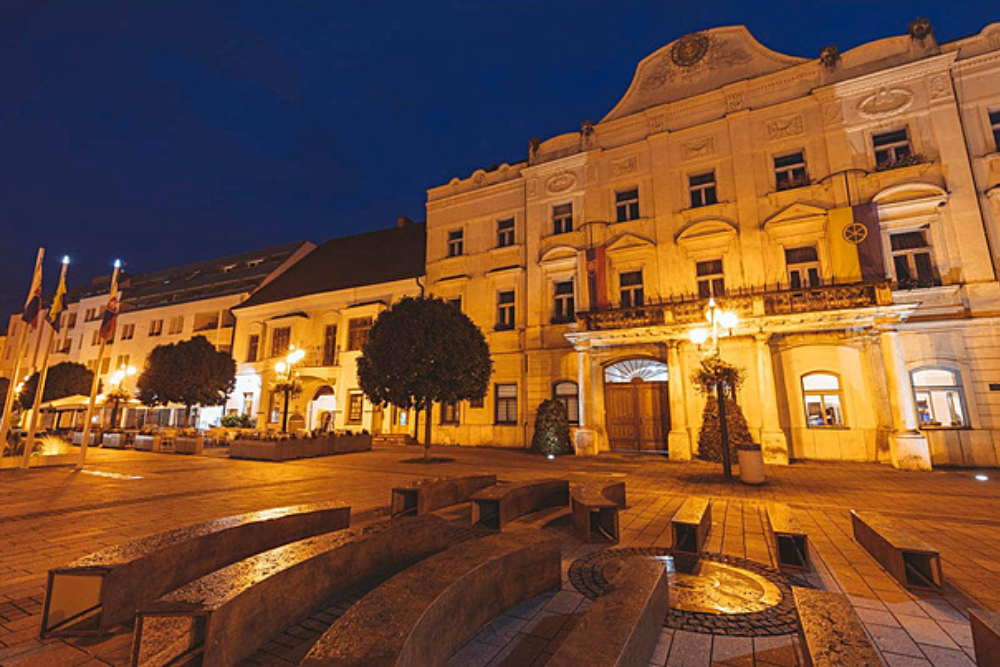
- The Trnava Municipal center, situated in the principal square, is a noteworthy structure tracing all the way back to the sixteenth hundred years. It is a wonderful illustration of Renaissance engineering and houses a little show about the historical backdrop of the city. The municipal center’s clock tower is likewise worth a visit for a brief look into the city’s set of experiences.
Kamenne Square (Kamenné námestie)
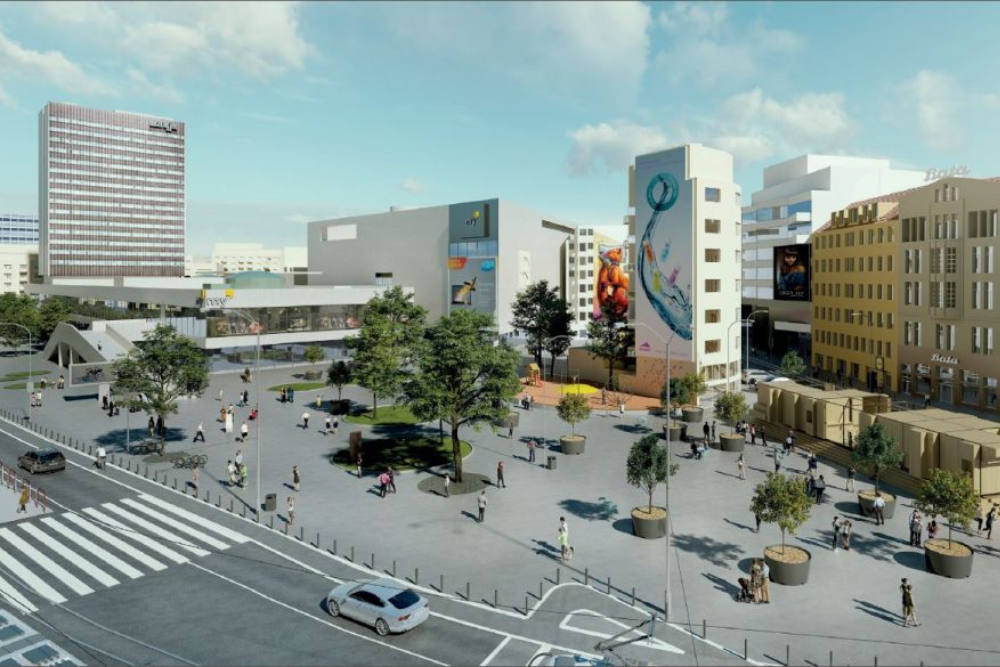
- This central square is one of the oldest in Trnava and is surrounded by important buildings, including the Town Hall, churches, and historical palaces. It’s an excellent place to enjoy the atmosphere of the city, browse through local markets, or sit at a café and watch the world go by.
Dos and Don’ts in Trnava
When visiting Trnava, it’s helpful to be mindful of local customs and traditions to ensure a smooth and respectful experience. Here are some Dos and Don’ts to keep in mind:
Dos
- Do respect local traditions: Trnava, with its strict and verifiable importance, has various temples and holy spots. Be aware while visiting these locales, and adhere to any rules in regards to suitable clothing (e.g., covering shoulders while entering places of worship).
- Do enjoy the local food and wine: Trnava is in the core of Slovakia’s wine area, so make certain to test nearby wines. Additionally, attempt customary Slovak dishes like bryndzové halušky (potato dumplings with sheep cheddar) and lokše (potato flapjacks).
- Do use public transport: Trnava has an effective public transportation framework, including transports and trolleybuses. It’s a helpful method for investigating the city and encompassing regions without the problem of driving.
Don’ts
- Don’t engage in loud behavior: Slovaks by and large lean toward quiet and well mannered way of behaving. Noisy talking or public aggravations are disliked, particularly in additional peaceful or strict spots.
- Don’t tip excessively: While tipping is valued, it’s significant not to over-tip. 10% is viewed as a standard sum, and anything fundamentally more might make the nearby staff self-conscious.
- Don’t forget to remove your hat or sunglasses indoors: This is particularly significant while entering chapels, eateries, or confidential homes, as it’s viewed as an honorable gesture.
Best Time to reach in Trnava
The best time to visit Trnava largely depends on your preferences for weather, events, and activities. However, here are some considerations to help you plan your trip:
Spring (April to June)
- Trnava has different neighborhood celebrations and far-reaching developments during this time, making it an energetic period to visit.
- Spring is ideal for strolling around the noteworthy Old Town, visiting parks, and getting a charge out of open air exercises without the hordes of summer.
Summer (July to August)
- Summer brings the pinnacle of vacationer season, with various occasions, including live performances, food fairs, and wine occasions in the close by grape plantations.
- The Trnava Wine Celebration On the off chance that you partake in a lively climate, summer is the best opportunity to encounter the city’s social schedule and outside exercises.
Autumn (September to November)
- September and October are perfect for wine visits, as the reap season is going full bore. The city is less packed than in summer, so you can investigate verifiable destinations at a more loosened up pace.
- Fall is great for those looking for a calmer, more intelligent time in Trnava. The weather conditions is as yet charming for touring, and it’s a magnificent opportunity to visit the grape plantations encompassing the city for wine sampling.
Winter (December to February)
- The Christmas market in Trnava’s Fundamental Square is a merry fascination, offering nearby specialties, occasional food sources, and an enchanting occasion air. This period is likewise ideally suited for investigating comfortable bistros and cafés in the city.
- Winter is best for the people who partake in a calm, tranquil climate. The city is less packed, and the Christmas market offers a special occasional encounter.



